Jellyfish Season is Here!
Jellyfish, also known as “gelatinous zooplankton,” are fascinating creatures found in marine waters worldwide, including both polar regions. They inhabit both shallow and deep waters and can even be found in some freshwater systems, such as Craspedacusta sowerbii.
New Jersey’s coastal waters are no exception to their presence, and during the right time of year, visitors to the Jersey Shore can easily spot these captivating organisms, which are often abundant in number.
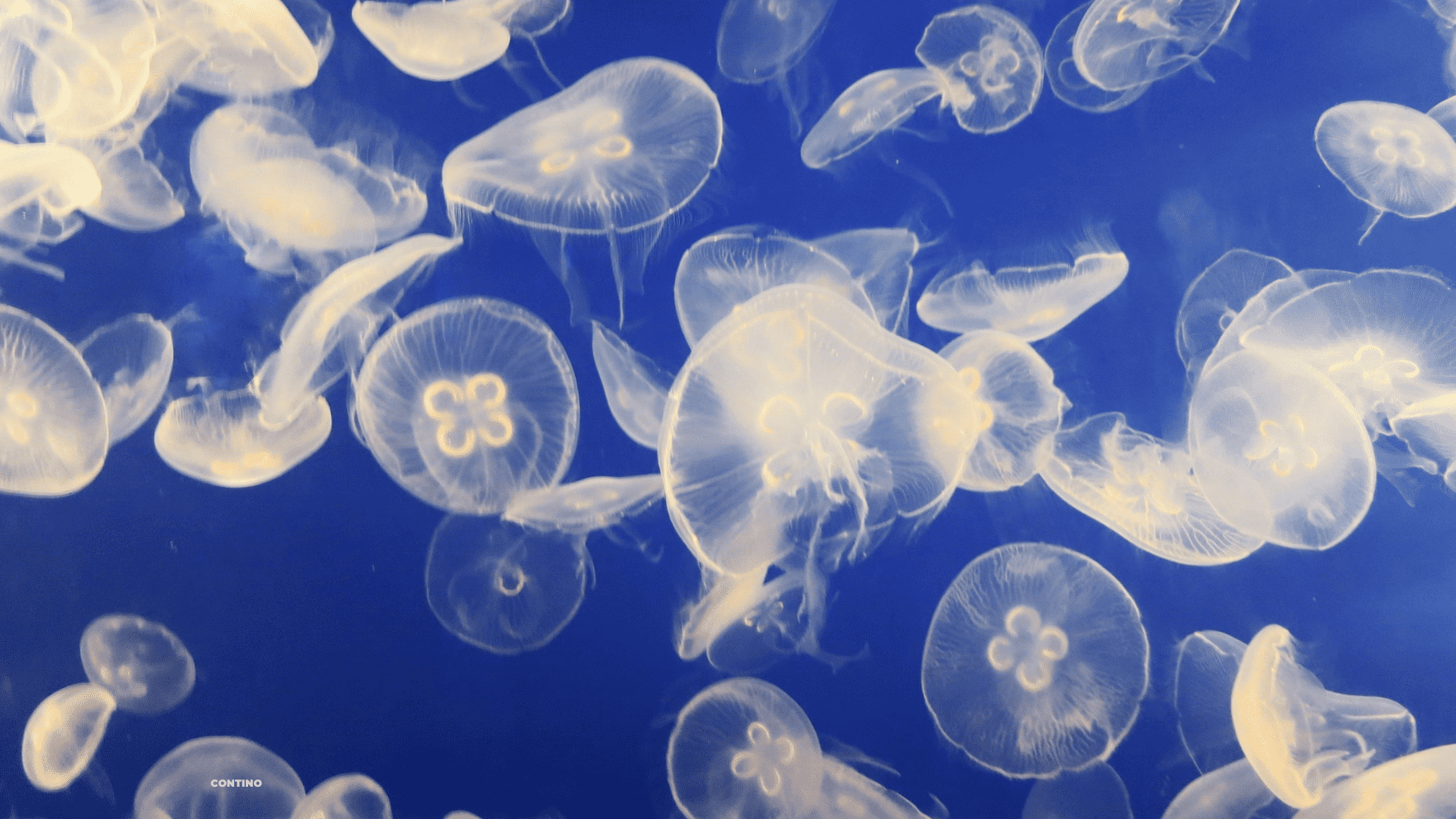
Jellyfish Season is Here!
Those who have been swimming at the Jersey Shore this week may have seen many of these Jellyfish. Let’s go over what we know about these Jellyfish.
Jellyfish are voracious predators that play a significant role in shaping the food web and trophic dynamics of marine ecosystems. In recent years, their numbers have been increasing in marine environments globally.
This rise in population is likely influenced by factors such as climate change, species introductions, eutrophication (excess nutrients in the water), and human-induced alterations to coastal food webs. The availability of hard structures in water-bodies, like bulkheads and docks, has also contributed to the increased abundance of jellyfish.
Also See: North Wildwood Installs Phil Murphy Signs on the Beach
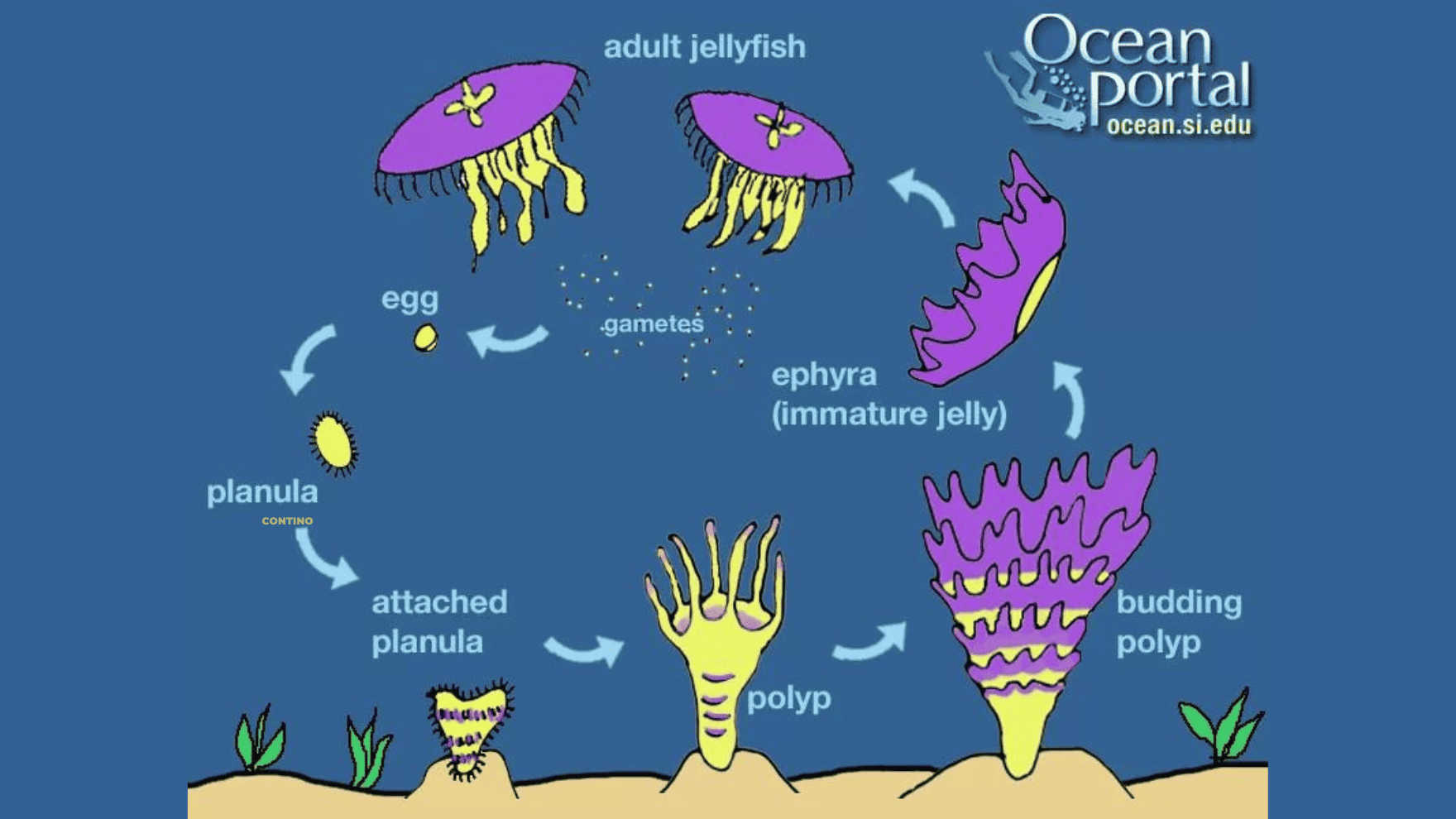
Jellyfish have a unique classification within the animal kingdom. They belong to two main groups: the phylum Cnidaria, which includes most jellyfish, sea anemones, and corals, and the Ctenophores, to which the comb jellies belong. Cnidarian jellies are named after the specialized stinging cells they possess, known as “cnidocytes.”
Within the cnidocyte, there is a specialized organelle called the “nematocyst,” which contains a venom-filled sac with a coiled thread. When triggered, the nematocyst fires like a harpoon, delivering venom to immobilize prey or potential predators.
Cnidarians can be divided into several classes, including Scyphozoa (e.g., Bay nettles, Lion’s mane), Hydrozoa (e.g., clinging jellyfish, Portuguese Man-o-war), Cubozoa (box jellyfish), and Staurozoa (stalked jellies).
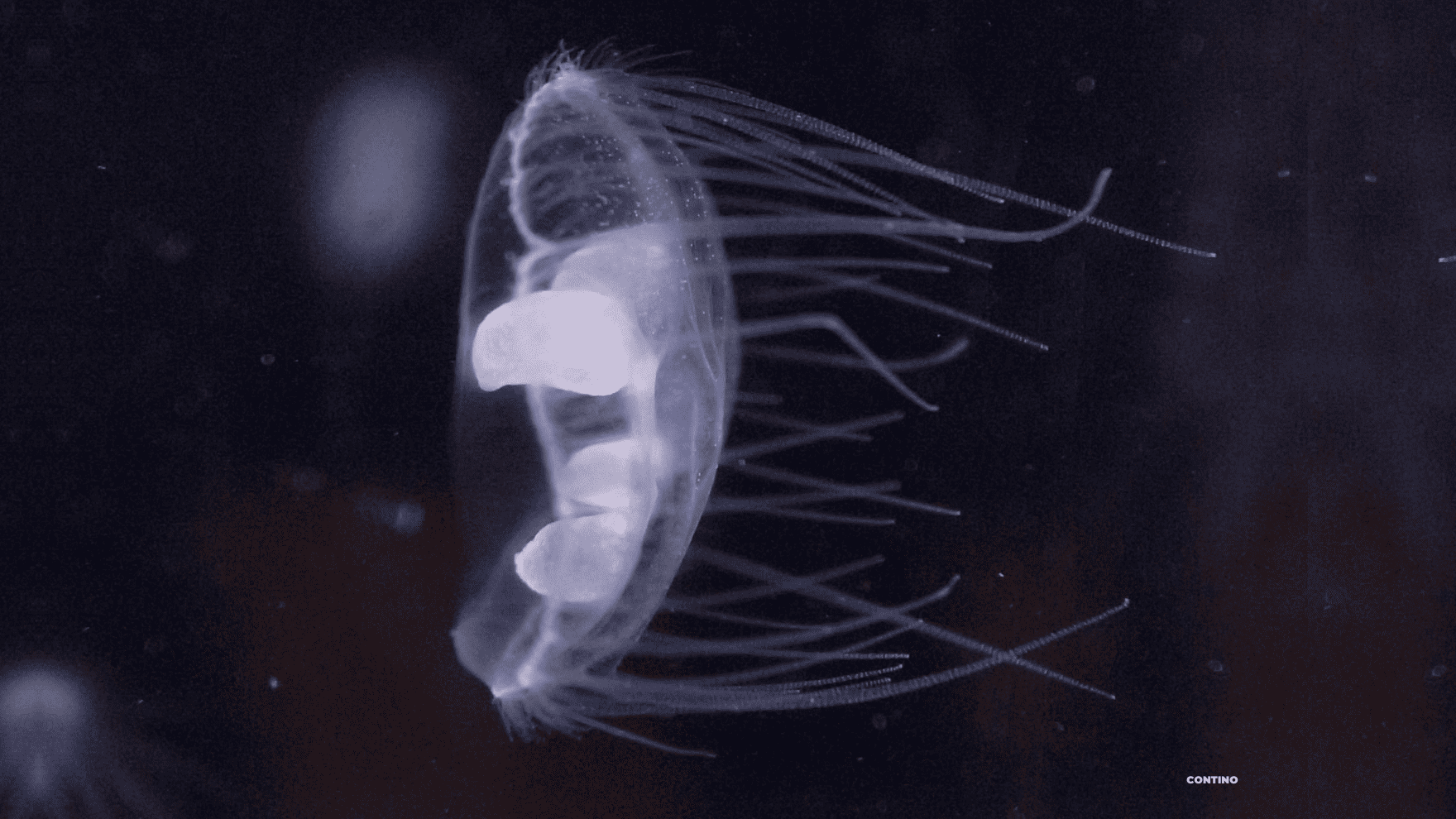
They have eight rows of fused cilia, known as “combs,” which propel the animal through the water and create a mesmerizing light-scattering effect, making them appear multicolored. Some comb jelly species have tentacles, while others do not.
Ctenophores are categorized into three groups: Cydippids, Lobates, and Beroids.
Most jellyfish can sting, with some stings even being fatal to humans. Cnidarian venoms consist of toxic compounds that disrupt an individual’s normal bodily functions. The nematocysts within their stinging cells are capable of firing with incredible force and velocity, delivering venom upon contact.
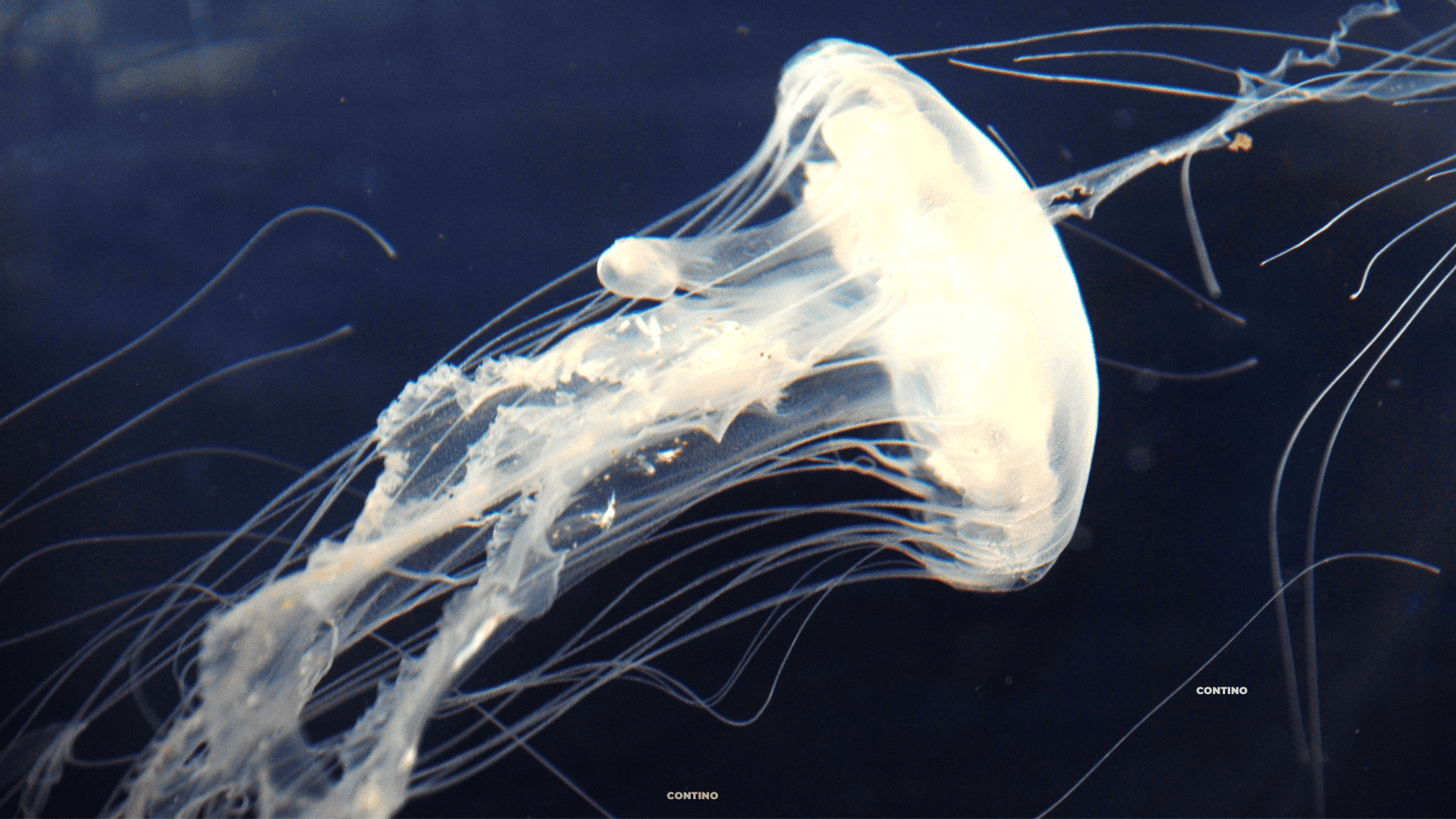
If it’s a Jellyfish has long tentacles, it could possibly leave a long streak where he tentacle touched you.
The New Jersey coastline is a haven for jellyfish diversity, hosting various species that exhibit a kaleidoscope of colors and forms. Perhaps the most common sight among them is the moon jellyfish (Aurelia aurita), recognized for its translucent bell and ethereal, moon-like markings.
These gentle drifters often grace the shoreline in large numbers during the warmer months, showcasing their otherworldly beauty as they pulse through the water with rhythmic grace. These jellyfish don’t really sting but some people could have an effect if they touch them.
Since they only really come to the Jersey Shore during the hot ocean temperatures, this is the time of summer that more and more of them will hit our beaches.
Another common jellyfish species found off the Jersey Shore is the sea nettle (Chrysaora quinquecirrha). Though their stinging tentacles may cause discomfort to unsuspecting swimmers, they play an essential role in maintaining the ecological balance of the region’s marine ecosystem. There stingers aren’t dangerous to humans but it will hurt.
Sea nettles feed on small fish and plankton, helping to control their populations and ensuring a healthy ecosystem.
Chrysaora quinquecirrha have been spotted in our area as of this past Monday. (We almost got touched by one on the Cape May Beaches)
The presence of jellyfish in New Jersey waters is not only a testament to the region’s rich biodiversity but also an indicator of the overall health of marine ecosystems.
These gelatinous organisms are highly sensitive to changes in environmental conditions, such as water temperature, salinity, and pollution levels. As such, their abundance and diversity can serve as essential indicators of the health and well-being of coastal waters.
Be safe out there on the beach.
Also See: New Teen Curfew in Wildwood Starts Next Week
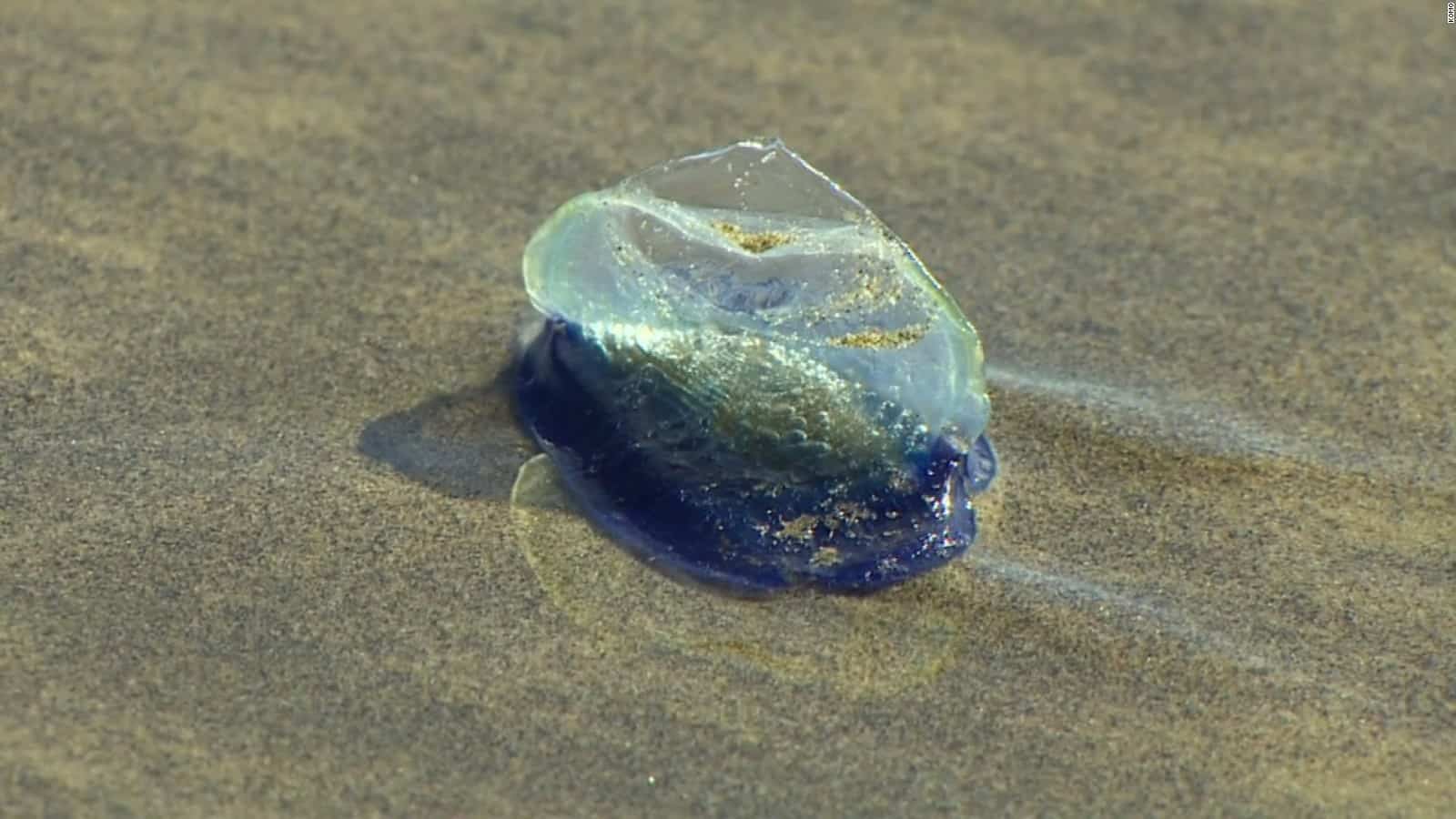
Strange Sea Creatures Wash Ashore In Wildwood
